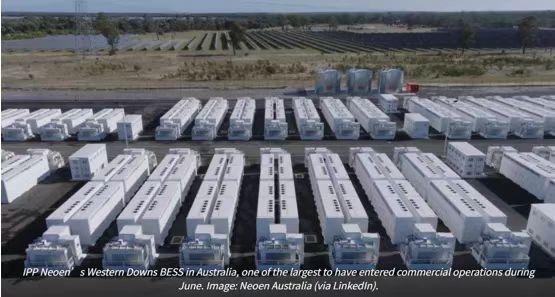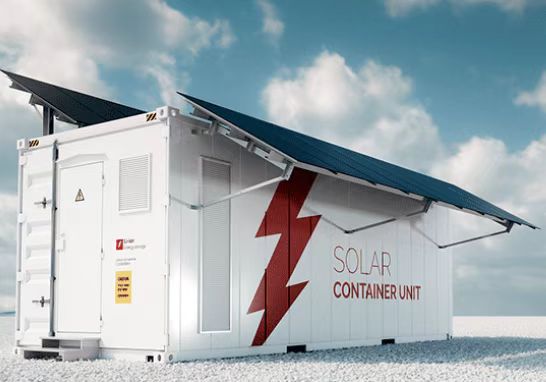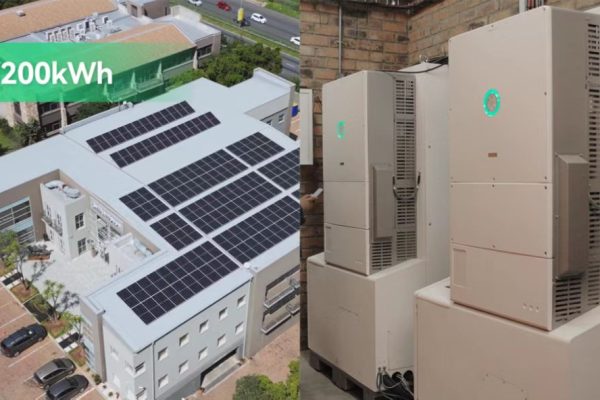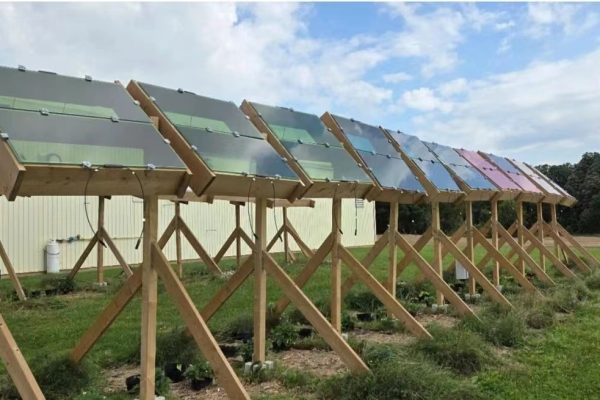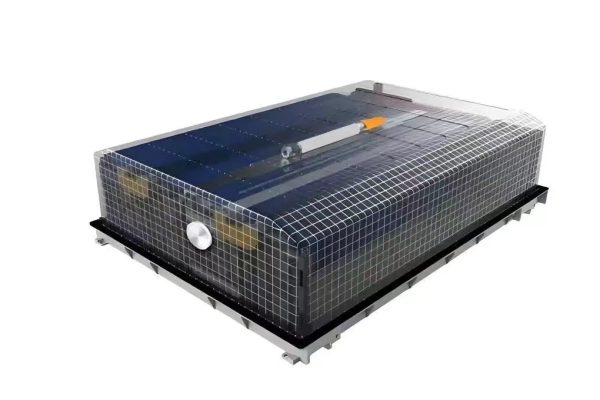What System Buyers Need to Know Before Choosing an Inverter
Introduction: Why PV Input Voltage Range Is More Than Just a Spec
As a system buyer or project manager, you’re often comparing inverter datasheets looking for the best fit. One key parameter that often goes unnoticed—but directly affects your system performance and design flexibility—is the maximum PV input voltage.
A mismatch here can limit your PV design, risk inverter shutdowns, or even pose safety concerns in real-world installations.
In this article, we’ll walk you through what maximum PV input voltage means, why it matters in small-to-medium scale projects (5–50kW), and how to choose the right range for your actual use case.
1. PV Input Voltage: The Basics
Most hybrid and grid-tied inverters specify three key voltage-related parameters:
- MPPT Operating Voltage Range: The DC voltage window where the inverter tracks maximum power.
- Max PV Input Voltage: The highest voltage the inverter can safely tolerate at its input terminals.
- Startup Voltage: The minimum voltage required to wake up and start energy conversion.
This article focuses on the Max PV Input Voltage, which typically ranges from 450V to 1100V depending on the inverter class and brand.
2. Why Max PV Voltage Matters for Your Project
A. Determines PV String Configuration
- A higher max voltage allows more PV modules per string.
- Fewer strings = fewer DC cables, fuses, and combiner boxes.
- Helps reduce balance of system (BOS) cost and complexity.
B. Affects Inverter Safety Margin
- In cold climates or high-altitude areas, open-circuit voltages (Voc) of modules can increase.
- If total Voc exceeds inverter max input, inverter damage or auto-shutdown may occur.
- You must consider temperature derating during design.
C. Enables Future PV Expansion (in some systems)
- If you plan to upgrade or add strings later, having headroom in input voltage helps accommodate extra modules without changing the inverter.
3. Real-World Example: 5kW Hybrid System
Let’s compare two inverter options:
| Brand | Max PV Voltage | MPPT Range | # of Strings | Max PV Power |
|---|---|---|---|---|
| Inverter A | 500V | 150–450V | 1 | 6.5kW |
| Inverter B | 600V | 120–550V | 2 | 7.5kW |
Scenario: You’re using 550W modules (Voc = 49V), and ambient temp can drop to -5°C.
- Inverter A: Only 9 modules per string (441V Voc), tight margin
- Inverter B: You can safely use 10–11 modules per string (539V), giving more PV capacity and better BOS efficiency
Result: Inverter B offers higher flexibility, though you might pay slightly more.
4. What Happens If You Overshoot?
Exceeding the max PV input voltage, even briefly (like during a cold morning startup), can cause:
- Permanent inverter damage
- Warranty voiding
- Or forced inverter shutdown (if internal protection triggers)
🧠 Note: Always calculate Voc @ minimum temperature using module datasheets and local historical climate data.
5. Does Higher Always Mean Better?
Not always. While a higher max input voltage gives design headroom, it may come with:
- Higher internal component costs, which reflect in inverter pricing
- Compatibility issues in systems where PV is limited to 48V–150V (e.g., older or off-grid setups)
- More complex safety compliance requirements for higher voltage strings (especially above 600V DC)
6. Buyer Considerations: What You Should Ask
When comparing max PV voltage across inverter options, ask these questions:
| Question | Why It Matters |
|---|---|
| What is my target string size? | Ensures you’re not forced into suboptimal layout |
| How low do temperatures get on site? | To check safe Voc margins |
| Will I expand PV capacity later? | Flexibility for upgrade paths |
| Does my BOS (fuses, breakers, DC isolators) support higher DC voltage? | Safety and code compliance |
| Is my installer comfortable working with 600V+ DC? | Higher voltage may require extra training or PPE |
7. Procurement Tip: Know the Voltage Class
For most small-to-medium projects (residential or light C&I), you’ll find:
| Voltage Class | Typical Use Case | Example Inverters |
|---|---|---|
| ≤500V | Entry-level hybrid systems | Growatt SPF, Must, MPP Solar |
| 600–750V | Standard 5–30kW hybrid/commercial | Deye SUN, GoodWe ES/ET, Solis |
| ≥1000V | Utility or large-scale C&I | Huawei SUN2000, Sungrow CX series |
Make sure the voltage class matches your string design plan and safety protocols.
8. Summary: Choose What Fits, Not What’s Flashy
Max PV input voltage is not just a number—it’s a constraint that shapes your whole system layout. It affects:
- System safety under extreme temps
- Number of strings and BOS cost
- Flexibility for future upgrades
✅ If your project is in a cold area, uses high-Voc modules, or aims for longer strings, go for 600V–750V inverters.
✅ If you’re on a tight budget, with short strings or indoor mounting, ≤500V units may suffice.
✅ For larger PV fields with high energy throughput, ≥1000V inverters offer maximum design freedom.





